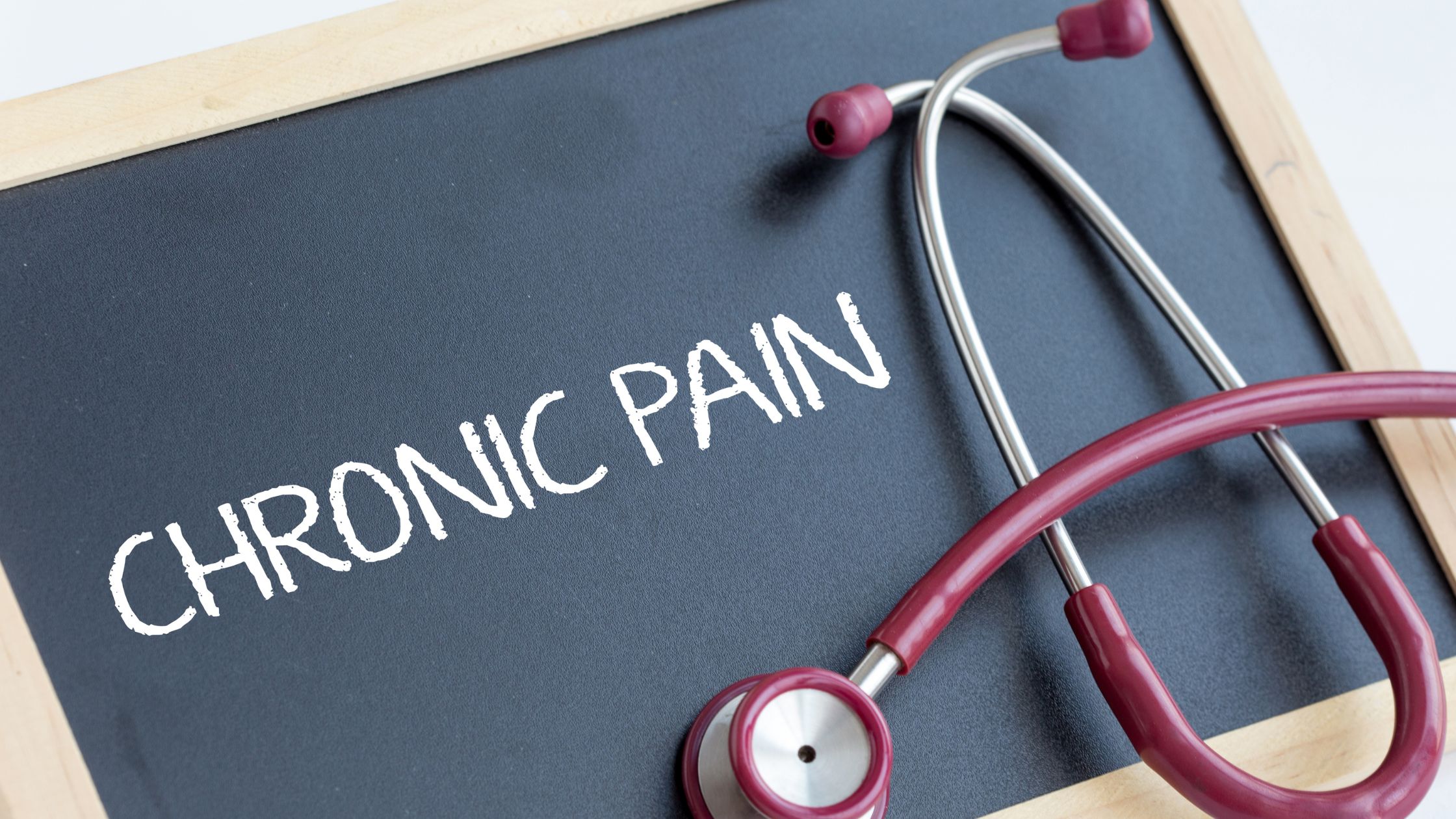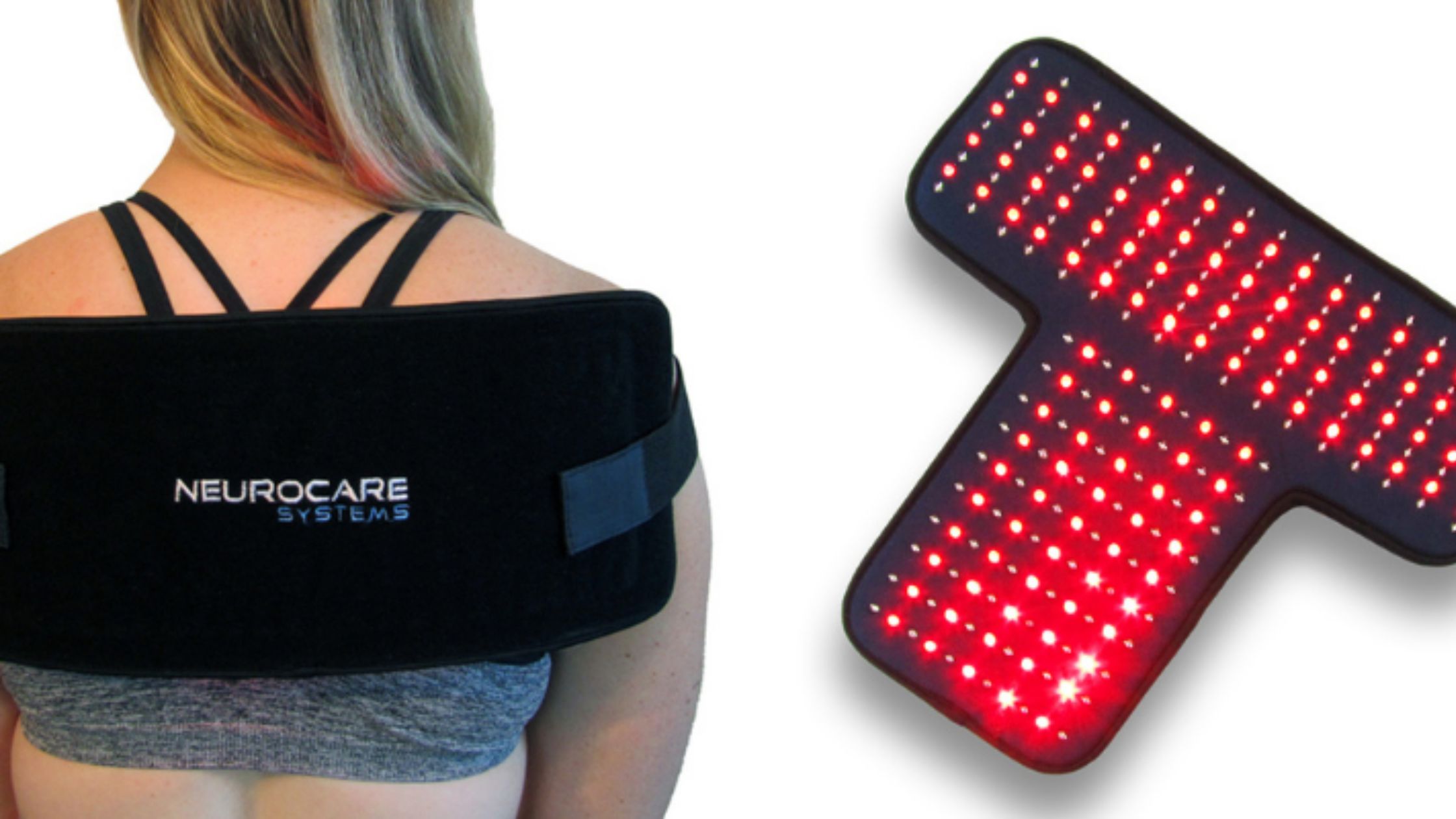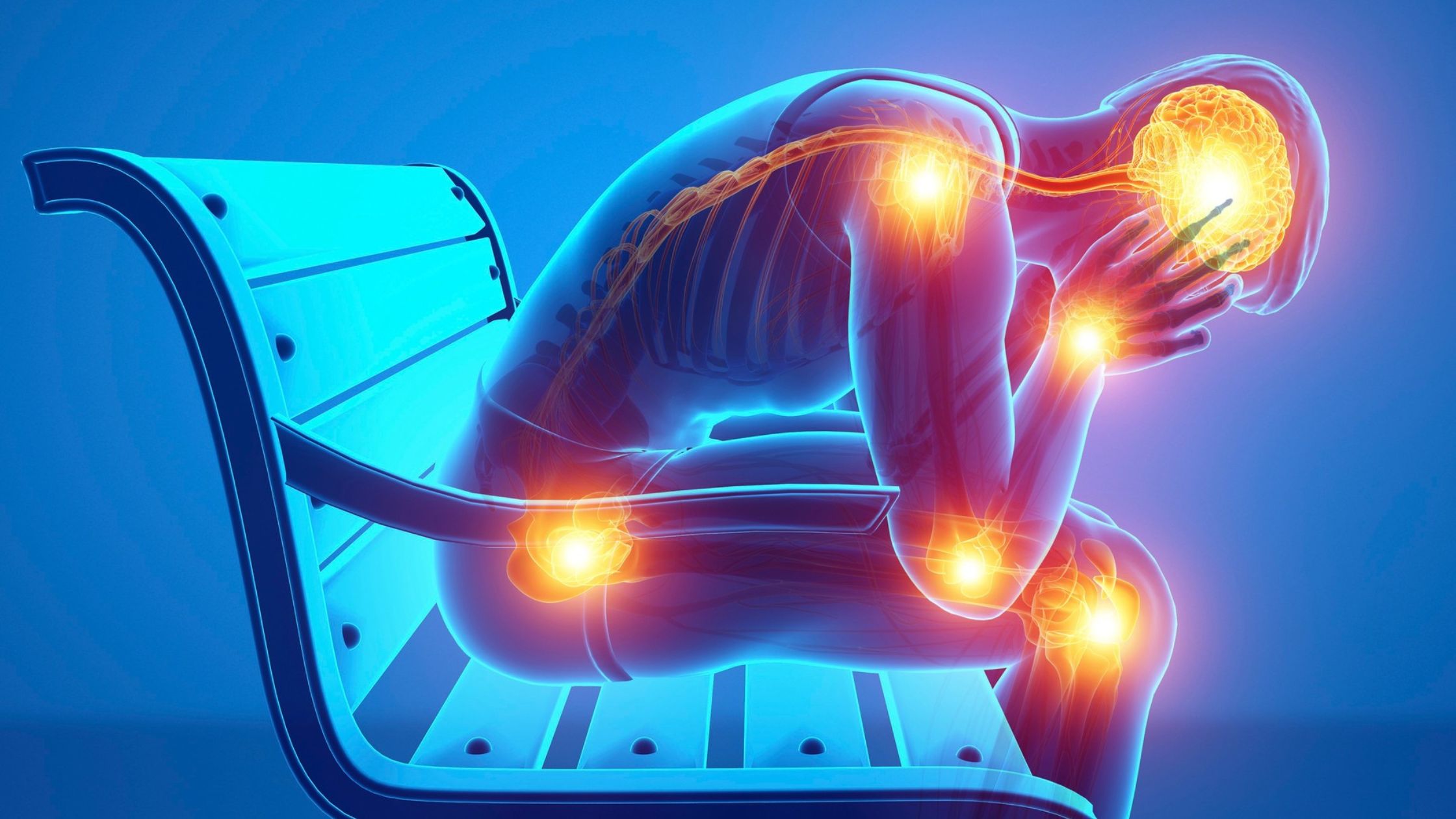If you are one of the millions of people who suffer from chronic pain, you know that it can be debilitating. It can make it hard to go about your day-to-day life, and sometimes it feels like there is nothing you can do to make the pain go away.
The Canadian Pain Task Force made an important report about the state of chronic pain in Canada, and the facts are alarming. Approximately 7.63 million Canadians aged 15 or older suffer from chronic pain – a hidden condition that is now classified as its own unique disease.
Chronic pain often co-occurs with other chronic conditions and can have long-term consequences for sufferers. Chronic pain can have a significant impact on every aspect of life, from physical and mental health to family and community relations, society, and the economy. In 2019, the total cost of chronic pain was estimated at $38.3 to $40.4 billion.
In this article, we will take a look at what chronic pain is, some of the common causes, and how you can manage your symptoms. By understanding more about your chronic pain, you can take steps to reduce its impact on your life.
Different Types Of Pain
There are different types of pain, and each one can have a different impact on your life. It is important to know the difference to get the right treatment.
1. Acute Pain
Acute pain is a sharp, severe, and often sudden pain that typically lasts for a short period of time. It is often caused by injury or illness, and it can vary in intensity from mild to excruciating.
Acute pain is caused by a variety of factors like:
- Injury
- Surgery
- Dental work
- Childbirth
- Broken bones
- Sprains and strains
Acute pain is a normal body response to protect itself from further damage, and it usually goes away once the injury or illness has healed. Nonsteroidal anti-inflammatory drugs such as ibuprofen or aspirin are often used for pain. Prescription medicines or surgery may be necessary for more severe situations.
2. Chronic Pain
Chronic pain is defined as pain that persists for more than 12 weeks. While chronic pain can arise from an initial injury, such as a back sprain, it often becomes its own condition, independent of the original injury. Chronic pain can cause significant physical and emotional difficulties and can interfere with work, sleep, and other activities.
The cause of chronic pain is often unknown, but it may be due to:
- Nerve damage
- Arthritis
- Fibromyalgia
- Migraines
- Endometriosis
- Cancer
Most medical professionals treat chronic pain with medication, physical therapy, and lifestyle changes. Pain management specialists may also be involved in the care of chronic pain patients.
What Is Chronic Pain?

John Hopkins School Of Medicine defines chronic pain as “a long-standing pain that persists beyond the usual recovery period or occurs along with a chronic health condition, such as arthritis. Chronic pain may be “on” and “off” or continuous.”
Chronic pain is a major public health problem that is undertreated and misunderstood. It is not just a normal part of aging or something you have to “live with.” This is a common misconception – one that needs to be corrected.
Medical experts have long held that chronic pain is a complex condition that requires a comprehensive approach to treatment. This means that simply taking a pill is not going to be enough to manage your symptoms. Recent research has shown that chronic pain is best treated with a combination of medical and psychological interventions. Advances in chronic pain treatment and paid medicine gave patients more options to choose from and manage their chronic pain.
How Is Chronic Pain Diagnosed?
The management of chronic pain is complex and challenging. There are many factors to consider when making treatment decisions, and there is often no clear consensus on the best course of action. This can lead to internal conflict among providers about how to best manage the condition.
In some cases, this conflict may result in providers avoiding a diagnosis altogether. This is particularly problematic because chronic pain is a major health concern that can have a significant impact on a patient’s quality of life.
There is no one answer to this question as each situation is unique. However, some general guidelines can be followed. A comprehensive assessment should be conducted to identify all potential causes of the pain. This assessment should include a detailed history and physical examination, as well as any relevant laboratory tests or imaging studies.
Once a diagnosis of chronic pain has been made, treatment can begin. The goals of treatment are to reduce pain and improve function. Treatment plans should be individualized and may include a combination of medication, physical therapy, psychological interventions, and lifestyle changes.
How Is Chronic Pain Treated?

The most successful method of managing pain involves both symptom relief and support. For this reason, a multidisciplinary approach is often necessary to provide the needed interventions for pain management. These programs are typically completed on an outpatient basis. Pain management professionals who are a part of the team may include:
- Anesthesiologists
- Nurses
- Massage Therapists
- Physical therapists
- Psychologists or psychiatrists
- Occupational therapists
- Oncologist
- Social workers
Medications are often one of the first-line treatments for chronic pain. The type of medication prescribed will depend on the cause and severity of the pain. Complementary and integrative health care approaches, such as acupuncture, yoga, and hypnosis, may also be used to help manage pain.
What Are The Most Common Treatments For Chronic Pain?
There are many different treatments for chronic pain, and the best one for you will depend on the cause of your pain and your symptoms. Some common treatments include:
- Pain Medicine
- Acupuncture
- Physical Therapy
But, there are other treatments available when we take a multidiciplinary approach to chronic pain management. In my practice, I offer the following treatments to help relieve chronic pain:
Red Light Therapy

Red light therapy is a treatment that uses low-level lasers or LEDS to apply red or near-infrared light to the skin. The light penetrates the skin and interacts with the body’s natural process to reduce inflammation and pain.
A growing body of research suggests that red light therapy can be effective in treating a variety of chronic pain conditions, including arthritis, nerve pain, and muscle soreness. In one study, participants who received red light therapy treatments had a significant reduction in pain and stiffness compared to those who did not receive the treatment. Other studies have shown similar results, with participants reporting reduced pain, improved joint function, and increased range of motion.
Developing chronic pain treatments have gone through a lot of changes over the past several years. With the rise in popularity of alternative medicine, there are now more options available than ever before.
Rapid Neurofascial Reset (RAPID)

Rapid Neurofascial Reset is a manual therapy technique used to treat people with chronic pain. The goal of RAPID is to release tight muscles and connective tissue, which can help to reduce pain and improve range of motion. RNR is typically performed by a licensed massage therapist or physical therapist.
During a RAPID session, the therapist will use their hands to apply pressure to the muscles and connective tissue. This pressure will help to release the tension in the tissue, which can provide relief from pain. It can be used to treat a variety of chronic pain conditions, such as neck pain, back pain, and headaches. Treating chronic pain through RAPID safe and effective option for many people who are looking for an alternative to medication or surgery.
Summing It Up
The constant presence of pain can make even simple tasks seem impossible, and the lack of relief can lead to feelings of hopelessness and despair. As health care providers, it is important to remember that chronic pain is a personal experience. What works for one person may not work for another, and it is important to tailor treatment plans to the individual.
Don’t let chronic pain shackle you from living your life to the fullest! If you’re unsure what will work for you, book a call with me, and let’s talk about what can help you find the right solution for your chronic pain.
Did you like this article? You might also like:
Food for Thought: New Study On Inflammation Puts Into Question Conventional Treatment Practices
Red Light Therapy for Acne: Does It Really Work?
Rapid Relief From Scar Tissue Pain



0 Comments